Building on leading research from the UNSW School of Photovoltaic and Renewable Energy Engineering, specialised cropping modules aim to significantly increase both energy yields of agrivoltaic projects and the success of the crops beneath them.
The project will see UNSW researchers partner with Australia’s only panel manufacturer, South Australia’s Tindo Solar, to develop the commercial product line for both farm crops and greenhouses. Input from Australian farmers and the nation’s science agency, the CSIRO, will also play a vital role, says associate professor and lead of the AC/DC Research Group at UNSW, Ziv Hameiri.
The concept is to sit silicon PV cells within a transparent or semi-transparent material embedded with specially tuned nanoparticles which allow parts of the light spectrum important for crops to pass through, while other parts of the light spectrum will be shifted to hit the backside of bifacial modules, increasing the total energy yield.
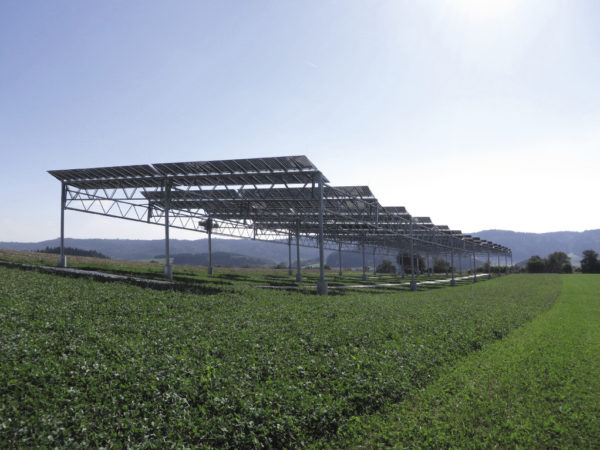
Image: Fraunhofer ISE
The aim is to not only boost energy yields though, Hameiri says, but to benefit crops by providing protection from extreme weather, including storms and Australia’s scorching midday sun, and also by improving water management. “You create a micro environment,” Hameiri says, since below the modules there tends to be higher humidity and cooler temperatures.
Beyond that, the researcher emphasised the project’s potential to bring two crucial industries to the table, and hopefully to find a solution that benefits both.
In Australia, much like in Hameiri’s home country of Israel, tensions between farmers and the renewable energy industry have been growing as solar and wind developers encroach on arable land.
“Climate change will create so many challenges and if we can find solutions that bridge people, bridge between point of views, and bring everyone to be onside because we need energy and we need food.
“If we can bring everyone on the same side then we can free our attention to the more important issue and that’s climate change,” Hameiri says.
The idea is to create a product line so the ‘either/or’ mindset between farming and renewable energy can be reconfigured as a ‘both/and’ scenario.
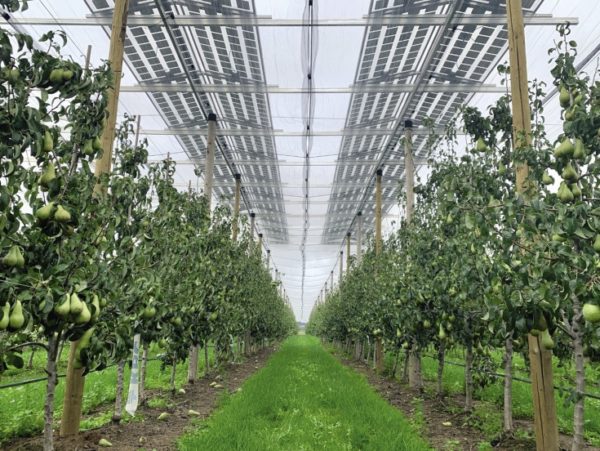
Image: KU Leuven
Adding to that is the prospect of providing another income to farmers without changing how they use the land.
Excitingly for Hameiri, the project entails speaking to a new side of the market – opening up communication channels with farmers, solar researchers and manufacturers.
“There is a massive demand for an unshaded AgriPV solar panel, not only in Australia but all over the world,” Hameiri adds.
To date, the majority of agrivoltaic projects have paired solar with grazing – some highly effectively.
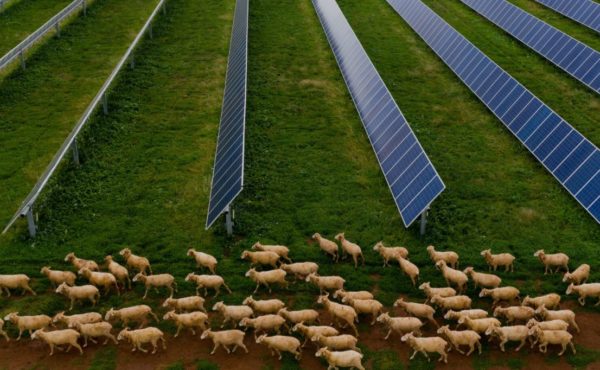
Image: Janie Barrett/Blind Creek
20% boost in energy yields
The semi-transparent module concept is an alternative to the traditional agrivoltaic configuration where cells sit in glass. In Europe and Japan, where agrivoltaics for cropping applications is more common, the projects tend to be arranged so there is enough space between the modules to let light hit the crops, known as ‘shaded’ agrivoltaics.
Compared to this traditional configuration, the initial demonstration of the UNSW concept was able to boost the total energy yield by as much as 20%.
Most of that gain, Hameiri says, was because of the increase in current, noting the promising results are from initial tests only in a configuration yet to be optimised.
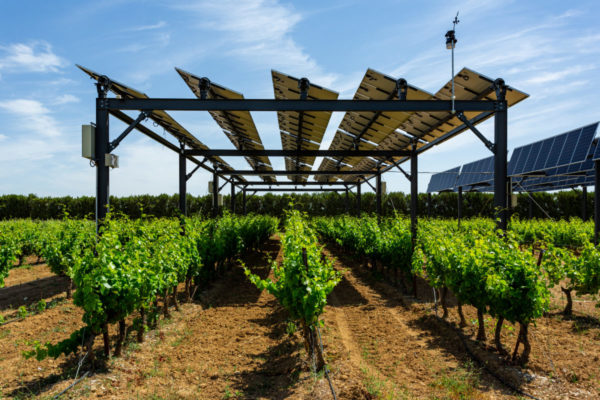
Image: Antoine BOLCATO (RPC)
Tuned for Australian farmers
Through the Tindo partnership, Hameiri and his team are hoping to create a commercial line of module options where nanoparticles have been tuned to the specific light spectrums different crops thrive in.
“The concept is to have one or two or three types of modules,” Hameiri said. Obviously, from a manufacturing perspective a ‘one size fits all’ solution would be easier, but Hameiri says the project requires more than PV yield be considered.
The challenge is to figure out precisely what crops not only grow best but make the best produce under which light conditions – information Hameiri says the agriculture department at the CSIRO has long investigated.
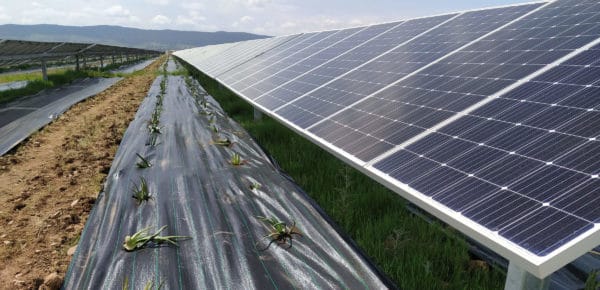
Image: Enel
The team is hoping to learn from the CSIRO’s studies and adjust the nanoparticles accordingly. “We make sure the spectrum is optimal for the specific crop,” Hameiri says.
The researcher plans to start by looking at crops such as berries, which have among the highest profitability and don’t require a day of full sun. If that approach proves successful, the vision is to begin considering other crop variations.
Hameiri notes it will be crucial to consider how the land is farmed in terms of equipment so the modules and agrivoltaic projects can best integrate.
This content is protected by copyright and may not be reused. If you want to cooperate with us and would like to reuse some of our content, please contact: editors@pv-magazine.com.
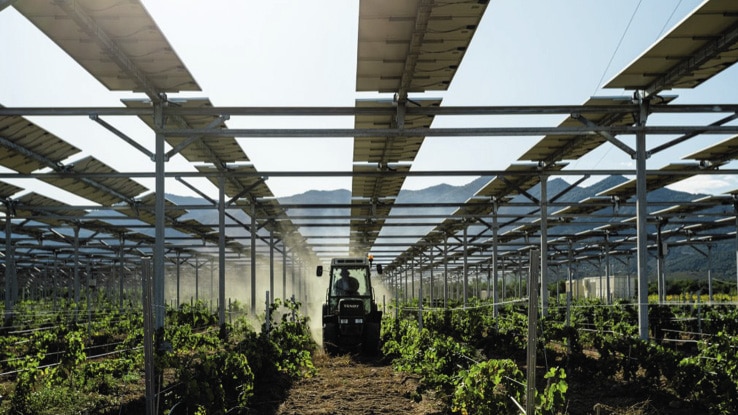








By submitting this form you agree to pv magazine using your data for the purposes of publishing your comment.
Your personal data will only be disclosed or otherwise transmitted to third parties for the purposes of spam filtering or if this is necessary for technical maintenance of the website. Any other transfer to third parties will not take place unless this is justified on the basis of applicable data protection regulations or if pv magazine is legally obliged to do so.
You may revoke this consent at any time with effect for the future, in which case your personal data will be deleted immediately. Otherwise, your data will be deleted if pv magazine has processed your request or the purpose of data storage is fulfilled.
Further information on data privacy can be found in our Data Protection Policy.